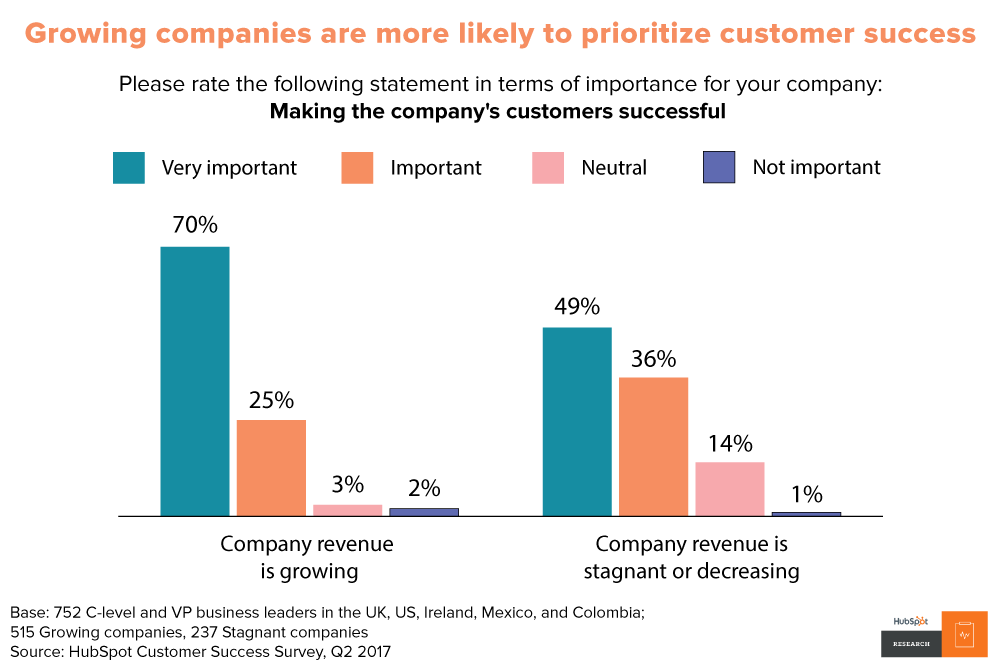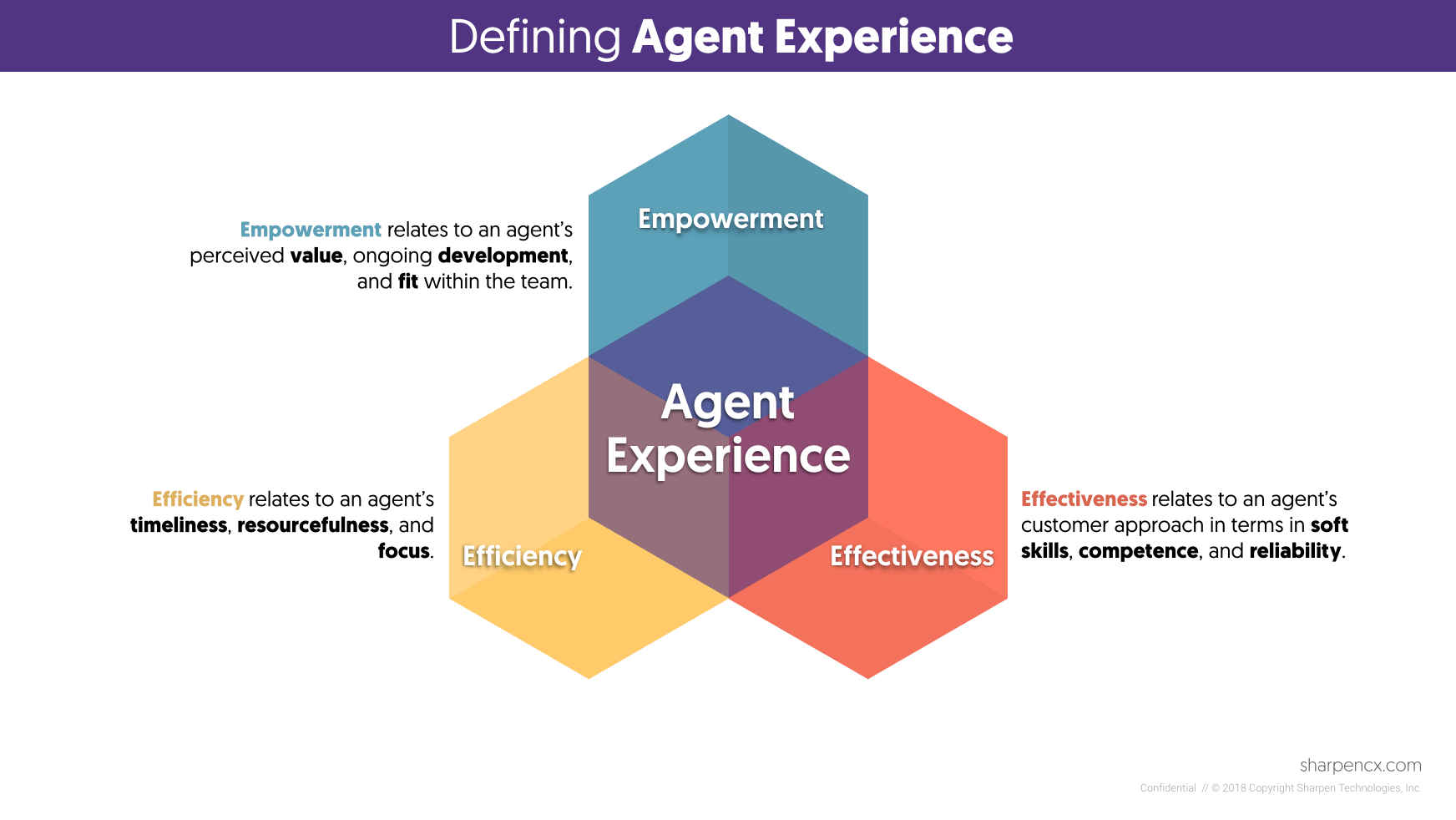
The Metrics to Watch to Improve Outcomes: How to Measure Customer Happiness (& 5 Other Confusing Metrics on your List of Call Center Metrics Best Practices)
Picture this: It’s the week of Thanksgiving and the phones at my neighbor’s bakery are going wild. See, my neighbor, Christina, runs operations for a chain of bakeries in the Midwest. She worked with her teams to carefully package the baked-to-perfection pies and slap the right labels on the boxes to get them out the door. Then she staffed up her customer service team to handle the imminent flow of questions and add-on orders. That way, when someone reached out, her team could reassure them that all 27 pies they ordered would, indeed, make it to Grandma’s Thanksgiving on time.
This was the scene last year. Only, this year, some of her customers won’t return.
What happened?
Christina did all the pre-work to make positive experiences for her customers. But she didn’t track the execution of those experiences. And, she didn’t ask customers how they felt after their interactions. In fact, she skipped over the playbook of call center metrics best practices entirely.
And because of that lack of focus on real customer outcomes, it was pie-gate 2018. Customer happiness plummeted. Pies that were supposed to be in Evanston ended up in Effingham. And Grandma’s cornucopia-dressed table was…pie-less.
Not to mention, Christina didn’t know when Shay reached out to find her lost-in-transit pumpkin pie, it took five interactions to get a resolution.
And she certainly didn’t know that even though she had extra agents on deck, they didn’t get the upfront training they needed. And that missed step tanked CSAT and NPS scores.
I get it, though.
Metrics can be overwhelming. Only a slim 1% of contact centers think their intelligence strategy is perfect. The rest struggle with siloed data, little customer intelligence, and not enough personalization.
Regardless, there’s data-backed proof that growing companies prioritize customer success. And that success only comes around the corner when customers are happy.

To help tear down the barriers between you and your metrics, we’re sharing out call center metrics best practices on customer happiness. Here are five ways to measure it (and the breakdown on five other confusing metrics).
How to Measure Customer Happiness
Customer happiness is too big (and too important) to be summed up with a single metric. According to Temkin Group, customers who have a positive emotional experience with your company are 6x more likely to purchase from you again, and 12x more likely to recommend you to their network.
When you work hard to satisfy your customers, it pays off (literally). But to get to the pinnacle of customer happiness, first, you have to know where customers stand. Are they your brand’s raving fans? Or, are they headed for the door? The only way to know for sure is to look at the facts. To help, we’re sharing the five metrics we tie closely to customer happiness, and the calculations you need for each.
1. Net Promoter Score
NPS is the percentage of your customers who would, or wouldn’t, recommend your company to their network. You typically measure NPS with a survey that includes a Likert scale or a numbered scale. Then, you tally up who’s a detractor, a promoter, or neutral. On a scale of 1-10, your detractors live in the 1-6 range. Your neutral customers sit at a solid 7-8. And, your promoters weigh in at a 9 or a 10.
2. Customer Satisfaction
CSAT is another metric determined by customer surveys. CSAT surveys ask how satisfied they were with their most recent service interaction. Create your survey to ask one simple question and give customers a scale for their response. Were they a 10 (the most delighted a customer can be?) Or, did they leave their customer interaction fuming, giving your agents a measly one on the rating scale? This survey gives insight into how your customers felt about their service experience.
3. Customer Churn Rate
Your churn rate is the tell-tale sign of unhappy customers. It means your customers were so fed up with poor experiences, they left. Now, churn isn’t always an indicator of poor service experiences. It’s also linked to products and services that don’t meet a customer’s needs, price hikes, and better competitor offers. No matter the reason, it’s important to track this metric so you can see how many customers have reached their tipping point. Then, you can start looking for correlations and patterns in your data to fix the things that make people leave.
Here’s how you measure churn:

4. First Call/Contact Resolution
This metric IDs how many of your customer cases were resolved the first time a customer reached out for help. In short, if a customer has to take time out of their day to contact your team, they want a solution. And they want it yesterday. Every time a customer has to follow up on an issue, happiness falls off a cliff. Resolutions on the first touch don’t give your customers the fast solutions they need, they give them the fast solutions they deserve.
Measure it like this:

5. Agent Experience
By now we all have the same mantra burned into our brains: happy agents make happy customers. It makes sense, then, that measuring AX is on the list of call center metrics best practices. We’re diving in on this one in more detail later, but for now, think about measuring AX in terms of employee engagement and empowerment.
Add qualitative measurements, like employee surveys, to your mix of measurements. And, look at the quality of your agents’ coaching and training, how often they escalate calls, and how well they hit their metrics, too.
[Read Next] Learn the impacts of each metric on your customer experience
The five metrics above help you get a grip on customer happiness, but they barely skim the surface on what you can measure. Customer service metrics can be overwhelming. And flat out confusing. You know what they mean, but you aren’t sure how to put them into play.
To help you put the pieces of your 360-degree customer view together, we’re demystifying five more confusing metrics that impact customers. They’re incredibly important, but complicated.
Let’s uncomplicate them, together.
1. Employee Engagement
Here’s where we dive back in on agent experience. When it comes to employee engagement, we look at this measurement in terms of your agents’ holistic well-being. How efficient, effective, and empowered are your agents? Are they engaged with their work? How satisfied are they in their roles? Are they empowered to hand out unique resolutions to customers?

How to measure it:
The quantitative way: employee NPS surveys, number of escalated calls, investment in agent training (quantified in number of hours and dollars you put behind agent training).
The qualitative way: Have regular 1:1 conversations on how agents feel about their roles, their peers, and their relationship with you. Send out anonymous pulse-check surveys with questions on work conditions, team fit, overall workload, and recognition.
[Download Now] 7 methods to improve coaching in your contact center
2. Customer Lifetime Value
Happy customers have a lifetime value nearly 10x that of a one-time customer. Assigning a lifetime value to your customers helps your agents better understand how they impact the larger goals of your company: revenue growth. And, it gives your Ops leaders a better picture of how the contact center adds even more value to the entire organization.
That said, this metric is a doozy when you look at how to calculate it step by step. It has so many metrics inside of metrics, it’s like metric inception.

Let’s say I go to Christina’s bakery during the holidays. I spend $35 (the average purchase value – also known as the sticker price for an apple pie). Then, I go back five times throughout the holiday season to bring pies to every family gathering I can (the average purchase frequency). And, I’ve been doing this for the last 10 years (average customer lifespan).
Throw the numbers into the equation: 35 x 5 x 10, and you get my CLV.
My Customer Lifetime Value is $1,750. (That’s a lot of pie).
For your contact center, find the averages for a reasonable sample of your customers instead of plucking just one out (like me). Then, throw the averages into the equation, and voilà!
3. Monthly Revenue Churn Rate
Since you already know how to calculate churn from your customer happiness metrics, this metric takes a look at how much churning customers actually cost your business. Somewhat the opposite of CLV, this metric shows how poor service and lost customers hurt your company revenue.
The equation you need:

*MRR = Monthly Recurring Revenue
4. Agent Retention Rate
By 2025, contact center leaders want to eliminate the stereotype that agent turnover is a given in the contact center. Why? Because agent turnover shouldn’t be just another cost of doing business! That stigma only exists because, for too long, companies haven’t prioritized agents.
To end the stereotype, why not start by shifting attention and budgets to agent retention, instead of turnover. Measure it to press start.
Here’s how:

5. Customer Effort Score
A whopping 96% of customers are disloyal to your company after a high-effort experience. CES helps you keep a watch on this dangerous trend. It measures how much effort your customers have to put in to get an issue resolved. It uses a single-question survey and a scale system to determine customer effort.
Ask your customers “How easy was it for you to resolve your problem today?” Then, take the sum of all the individual survey ratings, and divide it by the number of customers who took the survey.
Like this:

Jim, Kenny, and Shay all ordered Thanksgiving pies and experienced a hiccup in pie-gate 2018. But, they all had to exert different levels of effort to track down their pies and get them to the Thanksgiving table.
Jim reached out once and got his problem solved. He gave his effort a score of one. Kenny, though, had to send a no-reply email before reaching out again to get his pie en route to his mom’s house. He gave his effort a score of four. Shay had the worst experience of all. Her tracking number was incorrect, and it took five interactions to solve her pie problem. She gave her effort a score of 7.
With these three customers as an example, here’s how you calculate your average CES.
(1 + 4 + 7) / 3 = 4
There you have it. Customer metrics, explained. All while you think of pie (I’m putting in my order for another apple, right now).
This Thanksgiving, Christina’s paying close attention to call center metrics best practices. And, she’s tracking a handful of metrics to see how happy her customers are. So she can keep improving year-after-year.
[Read Next] Use the data that lives in your contact center to improve customer outcomes

